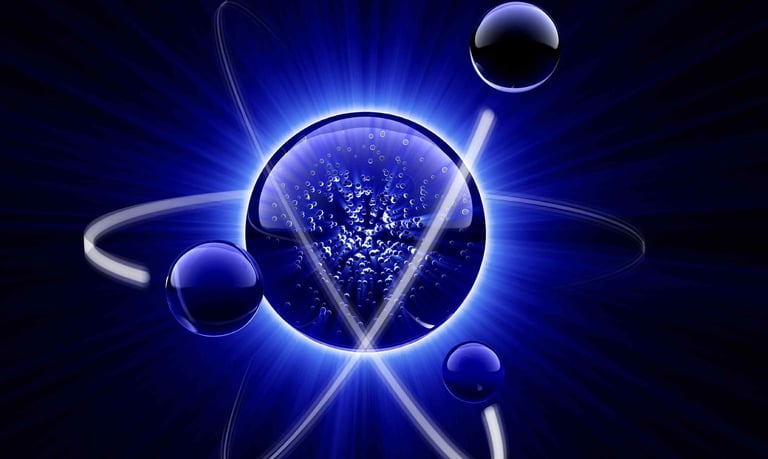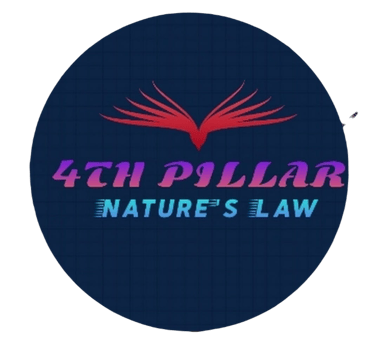
क्या हार में क्या जीत में ! किंचित नहीं भयभीत मैं
संधर्ष पथ पर जो मिले यह भी सही वह भी सही।
वरदान नहीं मानूंगा, हार नहीं मानूंगा |
Structure of Atom
CHEMISTRY
6/4/20241 min read


Structure of Atom
The structure of an atom consists of several key components that are organized in a specific way of Electron cloud &Nucleus:
Key component of atom
1. Nucleus:
The nucleus is located at the center of the atom and contains two types of subatomic particles:
Protons: Positively charged particles with a relative charge of +1.
Neutrons: Neutral particles with no electric charge.
Protons and neutrons are tightly bound together by the strong nuclear force.
2. Electron Cloud:
Surrounding the nucleus is a region called the electron cloud, where electrons are found.
Electrons are negatively charged particles with a relative charge of -1.
Electrons move rapidly in this cloud, occupying specific energy levels or orbitals that are at various distances from the nucleus.
Detailed Breakdown:
Protons:
Determine the atomic number (Z) of the atom, which defines its identity as a particular element.
Protons are roughly 1 atomic mass unit (amu) in mass.
Neutrons:
Together with protons, neutrons contribute to the atomic mass (A) of the atom.
Neutrons are also roughly 1 amu in mass.
Electrons:
Electrons are much lighter than protons and neutrons, approximately 1/1836 amu in mass.
The number of electrons equals the number of protons in a neutral atom, balancing the positive charge of the protons.
Atomic Number and Mass Number:
Atomic Number (Z):
Represents the number of protons in the nucleus.
Determines the element's identity; atoms with different atomic numbers are different elements.
Mass Number (A):
Represents the total number of protons and neutrons in the nucleus.
Isotope notation includes the element's symbol, mass number (top), and atomic number (bottom).
